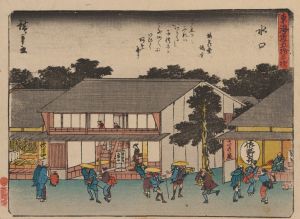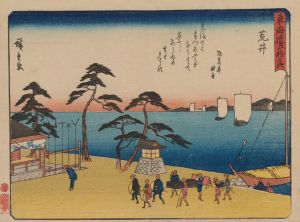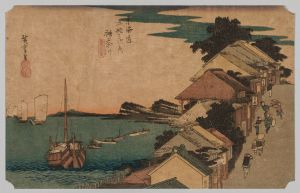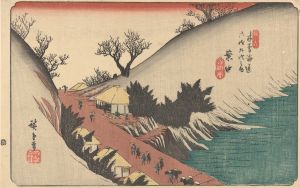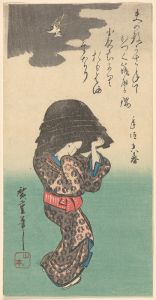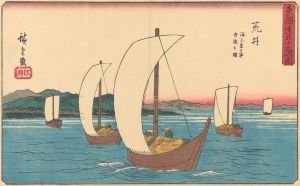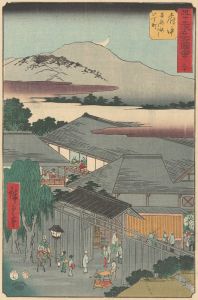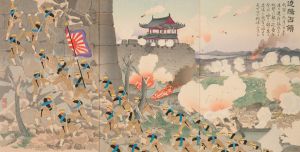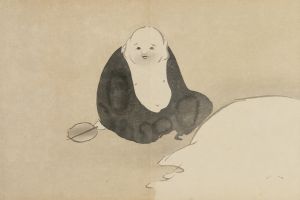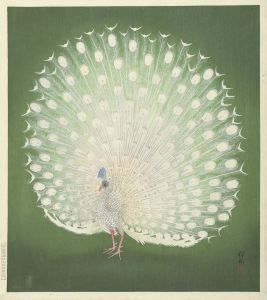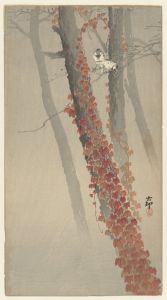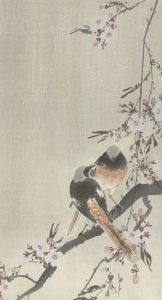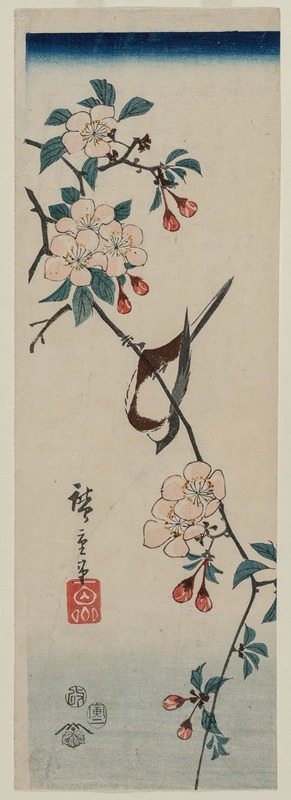
Small Bird on Cherry Branch
A hand-painted replica of Andō Hiroshige’s masterpiece Small Bird on Cherry Branch, meticulously crafted by professional artists to capture the true essence of the original. Each piece is created with museum-quality canvas and rare mineral pigments, carefully painted by experienced artists with delicate brushstrokes and rich, layered colors to perfectly recreate the texture of the original artwork. Unlike machine-printed reproductions, this hand-painted version brings the painting to life, infused with the artist’s emotions and skill in every stroke. Whether for personal collection or home decoration, it instantly elevates the artistic atmosphere of any space.
Andō Hiroshige, a renowned Japanese ukiyo-e artist of the Edo period, is celebrated for his landscape prints and depictions of birds and flowers. One of his notable works is "Small Bird on Cherry Branch," which exemplifies his ability to capture the delicate beauty of nature with precision and elegance.
Hiroshige was born in 1797 in Edo, now Tokyo, and became one of the last great ukiyo-e masters. His work is characterized by its vibrant colors, attention to detail, and ability to convey the transient beauty of the natural world. "Small Bird on Cherry Branch" is a testament to these qualities, showcasing his skill in portraying both flora and fauna with a sense of harmony and balance.
This particular piece features a small bird perched on a cherry blossom branch, a subject that holds significant cultural symbolism in Japan. Cherry blossoms, or sakura, are revered in Japanese culture as symbols of the ephemeral nature of life, beauty, and renewal. The blossoms' brief blooming period serves as a reminder of the fleeting nature of existence, a theme often explored in Japanese art and literature.
In "Small Bird on Cherry Branch," Hiroshige captures the essence of this symbolism through his meticulous attention to detail and composition. The bird, delicately rendered, appears almost lifelike, with its feathers intricately detailed and its posture suggesting a moment of stillness and contemplation. The cherry blossoms are depicted in full bloom, their petals soft and ethereal, contrasting with the bird's more defined form.
Hiroshige's use of color in this work is particularly noteworthy. He employs a subtle palette that enhances the natural beauty of the scene without overwhelming it. The soft pinks of the cherry blossoms are complemented by the gentle hues of the bird's plumage, creating a harmonious balance that is pleasing to the eye. This careful use of color is a hallmark of Hiroshige's style, demonstrating his mastery of the woodblock printing technique.
The composition of "Small Bird on Cherry Branch" reflects Hiroshige's keen understanding of space and balance. The placement of the bird and the branch creates a dynamic yet serene composition, drawing the viewer's eye across the image and inviting them to appreciate the intricate details. This sense of movement and stillness is a common feature in Hiroshige's work, showcasing his ability to capture the essence of a moment in time.
Hiroshige's influence on the art world extends beyond Japan. His work, including pieces like "Small Bird on Cherry Branch," had a significant impact on Western artists in the late 19th century, particularly the Impressionists. Artists such as Vincent van Gogh and Claude Monet admired Hiroshige's use of color and composition, incorporating elements of his style into their own work. This cross-cultural exchange highlights the universal appeal of Hiroshige's art and its enduring legacy.
"Small Bird on Cherry Branch" remains a celebrated example of Hiroshige's artistry, embodying the delicate beauty and profound symbolism that define his work. Through this piece, Hiroshige invites viewers to pause and reflect on the transient beauty of nature, a theme that resonates across cultures and continues to inspire appreciation for the natural world.





